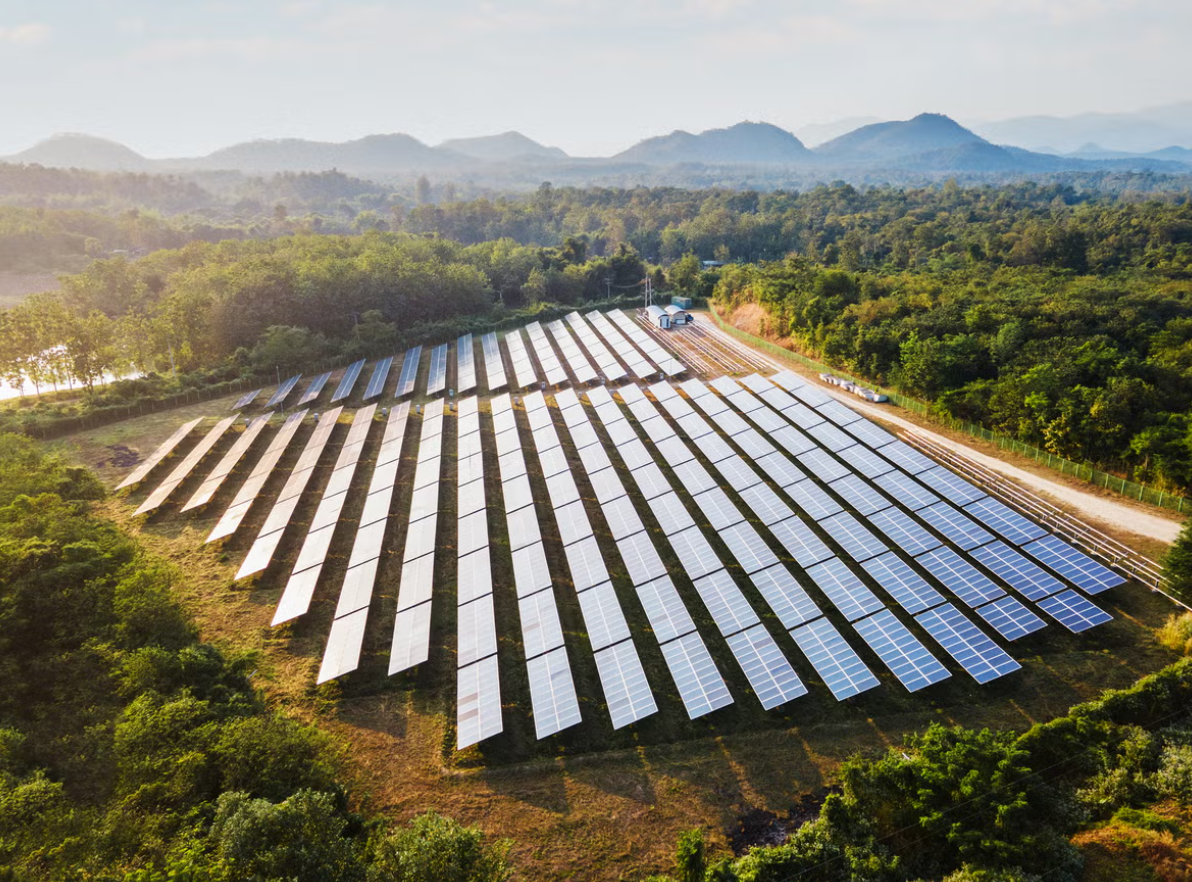Halide perovskites aren’t exactly a household name, but they could completely transform renewable energy production around the world.
This family of materials, named for the 19th century Russian mineralogist Lev Perovski, promises big gains over the typical silicon solar cells currently used across the industry, whether in a terrestrial power-generating capacity or by powering spacecraft in orbit. However, this power-generating potential is limited by its instability. According to the U.S.’s Office of Energy Efficiency & Renewable Energy (EERE), perovskites “can decompose when they react with moisture and oxygen or when they spend extended time exposed to light, heat, or applied voltage.” So in order to bring this next-generation solar cell technology to the market, scientists need to figure out a way to make them more reliable.
And that’s exactly where new research from the Hong Kong University of Science and Technology (HKUST) comes in. Published last week in the journal Nature Energy, HKUST scientist Yuanyuan Zhou and his colleagues investigated exactly why metal halide perovskite films degraded over time and if there was a method for improving the stability of the material. During their research, the team discovered a “hidden structure” of surface concavities on individual crystal grains, which contributed to the film’s less-than-stellar stability. By eliminating those concavities, Yuanyuan and his team created perovskite films that showed impressive stability gains over previous films.

